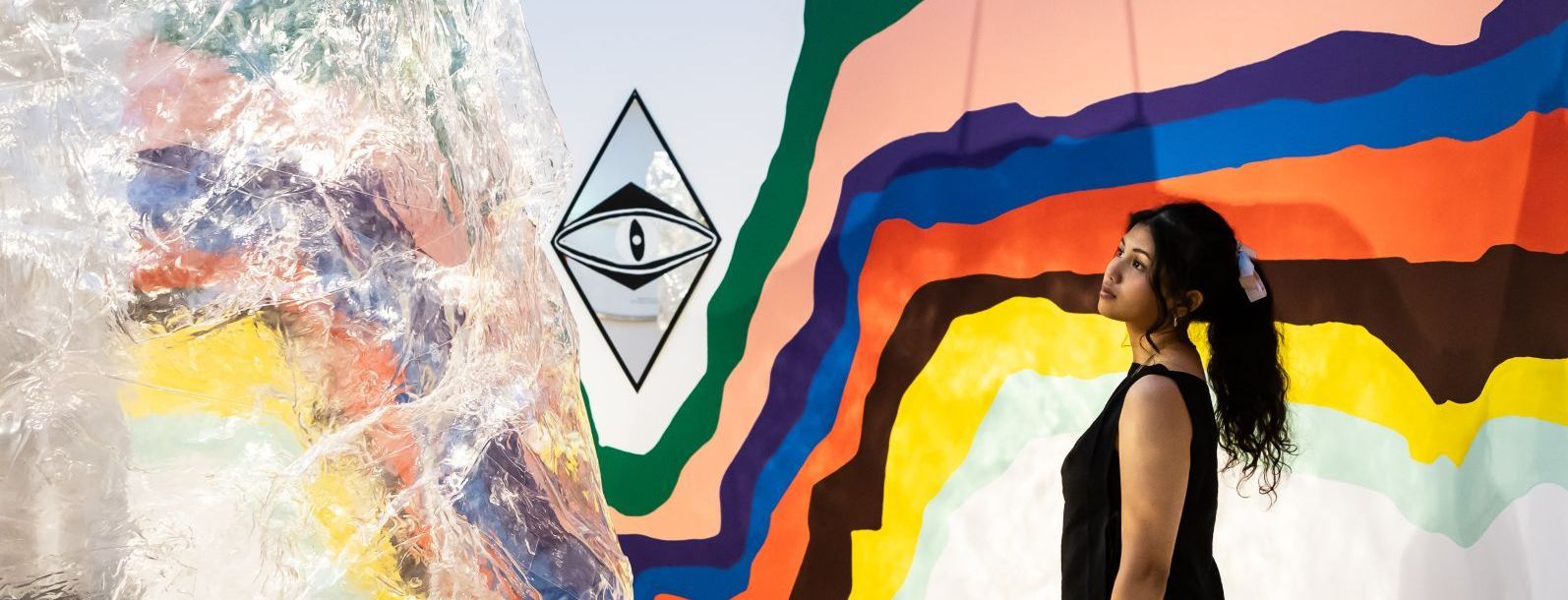The Recent art review: Fine addition to the deep-time canon
The current group show at Edinburgh’s Talbot Rice Gallery explores geological themes and sparks wonder at our place in this world

In Dorothy Cross’ majestic video-work ‘Stalactite’, currently showing in Talbot Rice’s Georgian Gallery, a just-prepubescent chorister stands beneath a 500,000-year-old stalactite, his lungs and vocal cords filling the Doolin Cave in Country Clare with an ethereal song he’ll soon lose the ability to generate. Above his awkward, backlit frame, shoulders already in the throes of a growth spurt, the millennia-old shard of water-borne minerals hangs as if in judgement of the tiny figure below, mutely measuring the fragment of time during which his body will be animated with life.

This work, Talbot Rice director Tessa Giblin explains, was foundational to the gallery’s conception of their current show, The Recent. It brings together 11 artists working on areas connected to deep time, many exploring how human beings can forge patterns of kinship with the rhythms of a non-human universe. In a more specific sense, the show is inspired by Edinburgh’s location on the site of a dormant volcano; we are in a city interrupted by geology, as the exhibition literature pithily puts it. Edinburgh is also where 18th-century geologists James Hutton and Charles Lyell (whose journals and geological specimens feature) developed the theories that now fall under the (only recently ubiquitous) term ‘deep time’.

Aren’t there enough shows about deep time already? Perhaps, but somehow it seems the wrong question to ask. Unlike other zeitgeisty artworld themes, considering the ancient geological origins of our planet is only going to seem more urgent as the climate crisis bites. In any case, The Recent combines these concerns with a focus on non-Eurocentric voices and sensibilities, putting a spin on the ideas in play by foregrounding mimetic, affective ways of living and thinking within the natural world that subvert post-Enlightenment empiricism.

Take Angelica Mesiti’s ‘Future Perfect Continuous’, a film in which young performers use clicking, slapping, clapping and rubbing sounds to recreate a rainstorm, based on a game Mesiti overheard in a Paris schoolyard. The sense that we are witnessing some pre-verbal bonding ritual, not only between a group of people just acquiring the full contours of their characters, but with the atmospheric conditions that have shaped human evolution in a grander sense, is palpable and curiously moving.

In a similar vein are Australian artist Mikala Dwyer’s vivid wall murals alluding to Aboriginal cave paintings, Regina de Miguel’s eco-surrealist gouache and watercolour pictures, and Otobong Nkanga’s lush textile frieze ‘Tied To The Other Side’. These and several other pieces have the capacity to re-sensitise the viewer to something of the wonder and mystery of being in this world.
The Recent, Talbot Rice Gallery, Edinburgh, until Saturday 17 February.